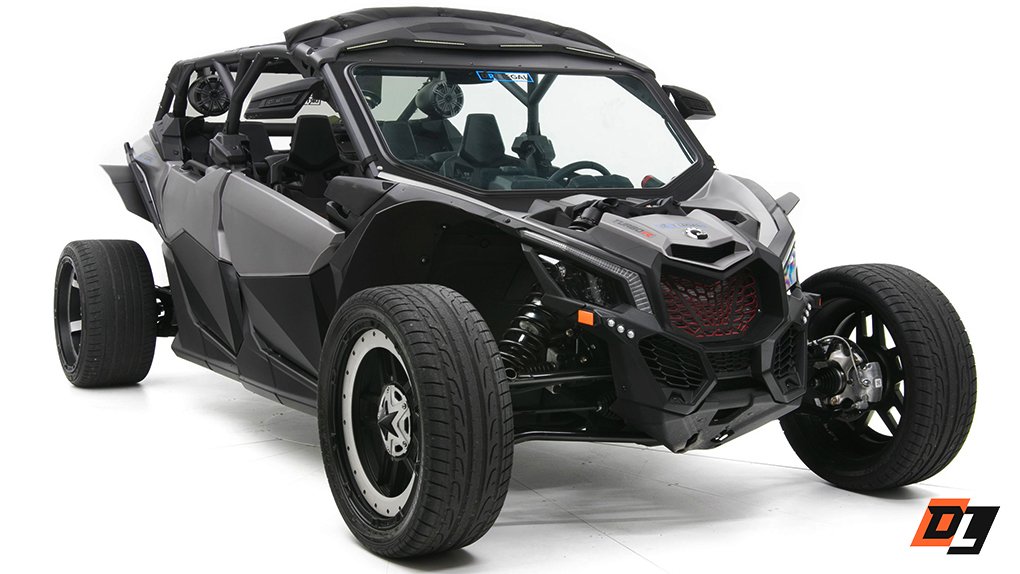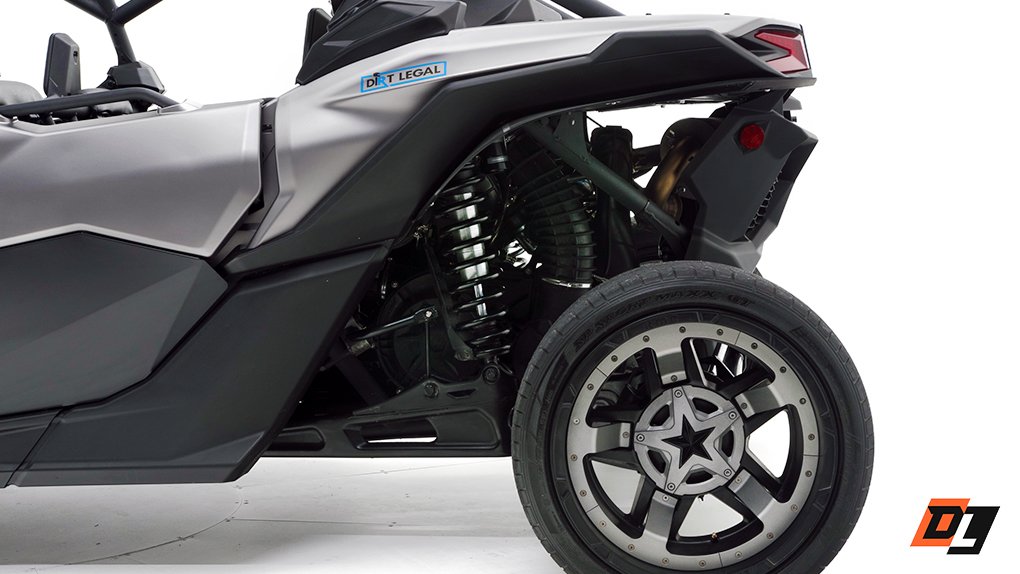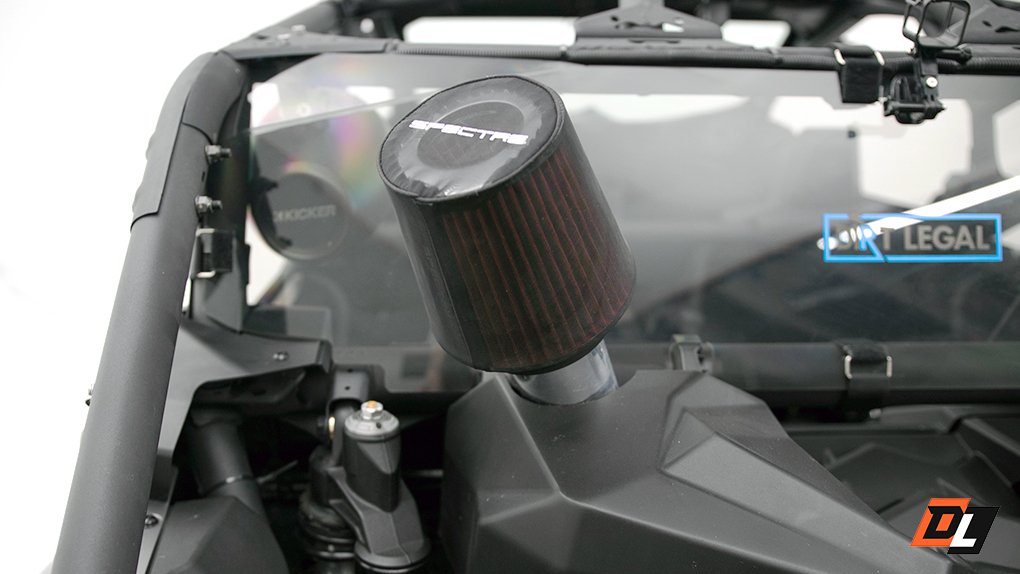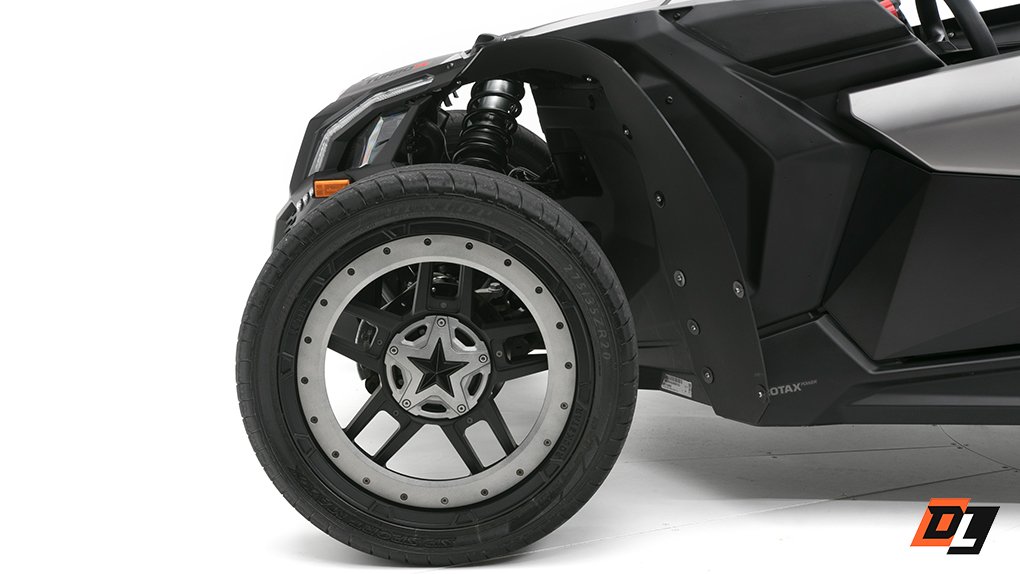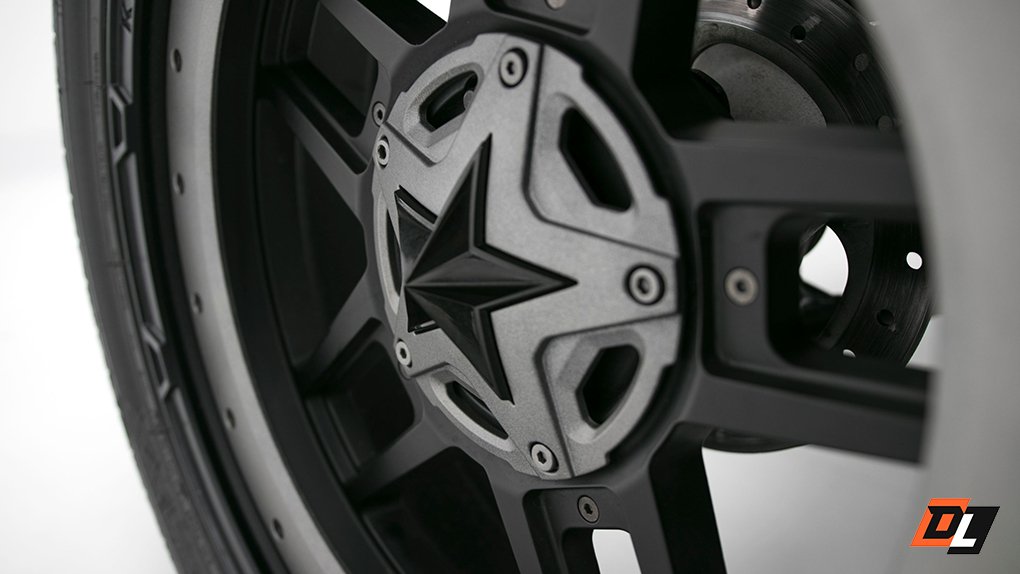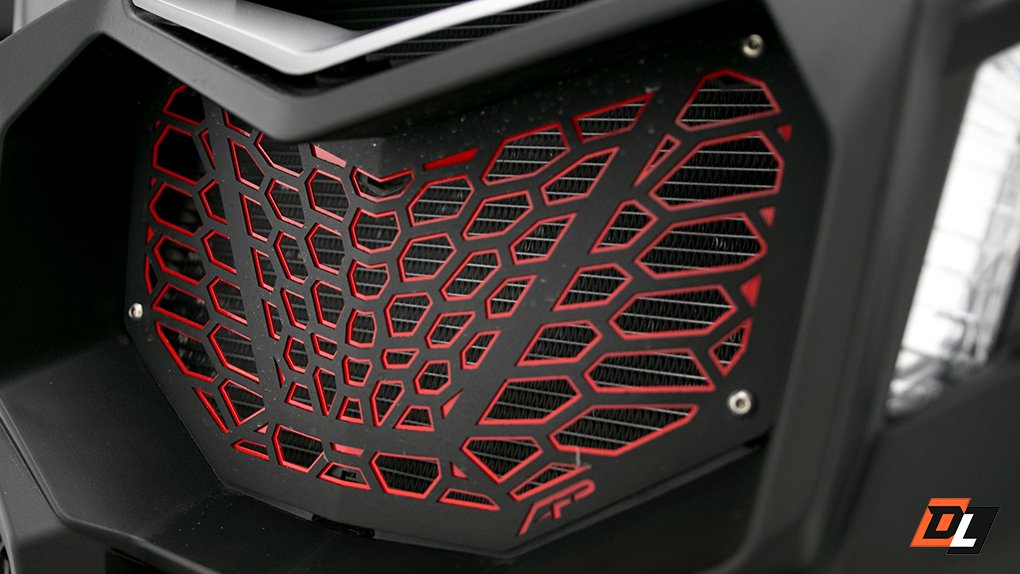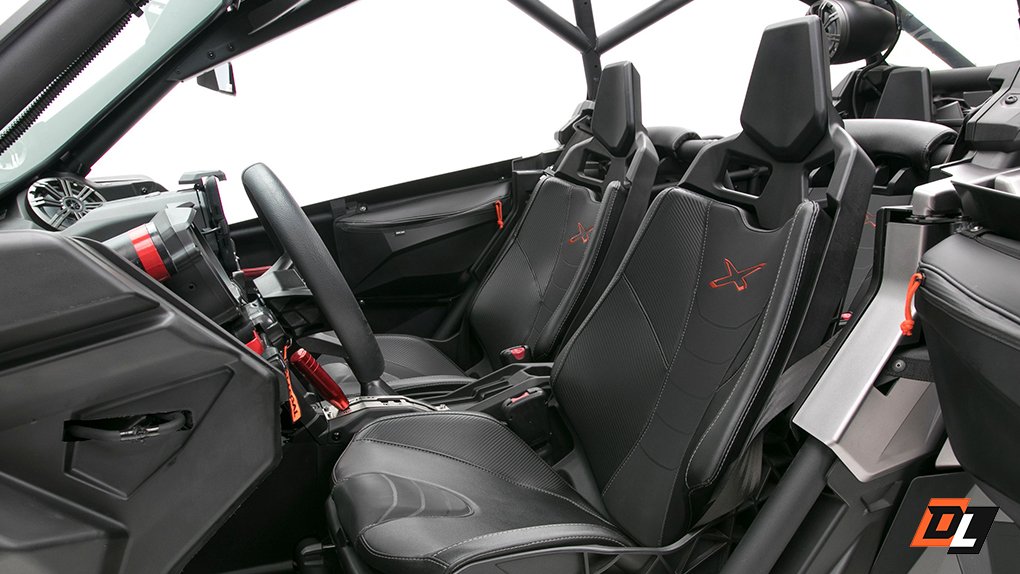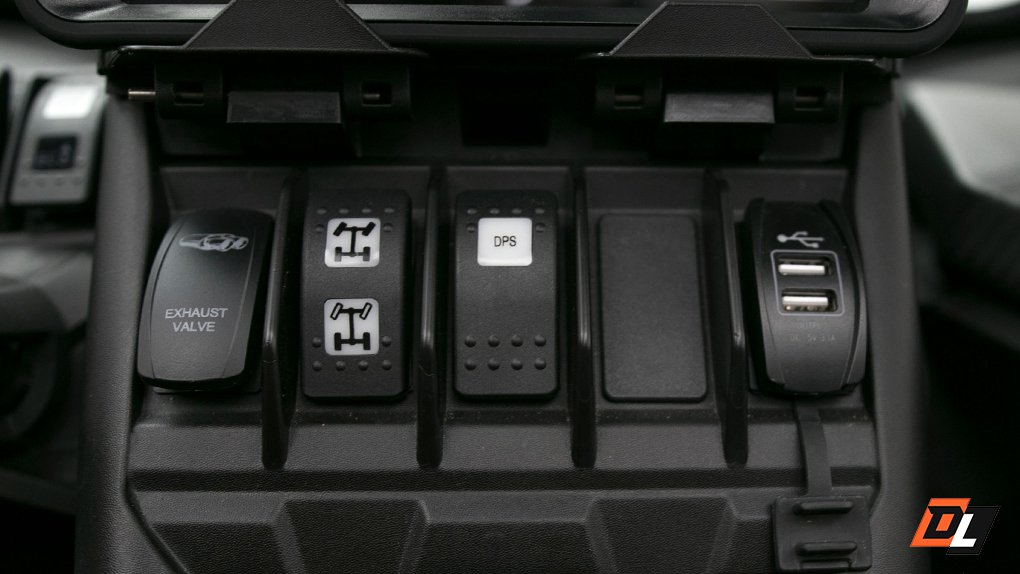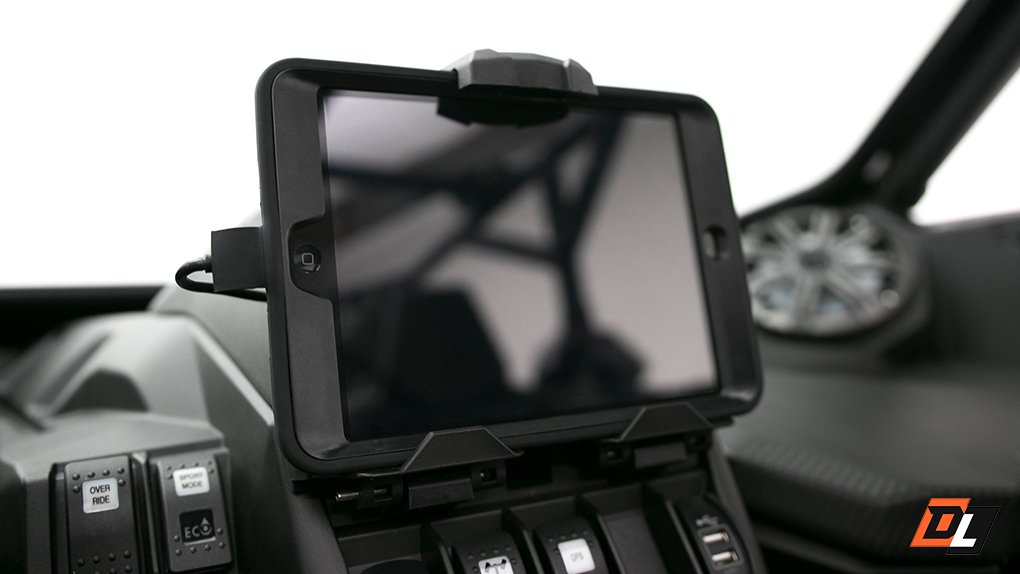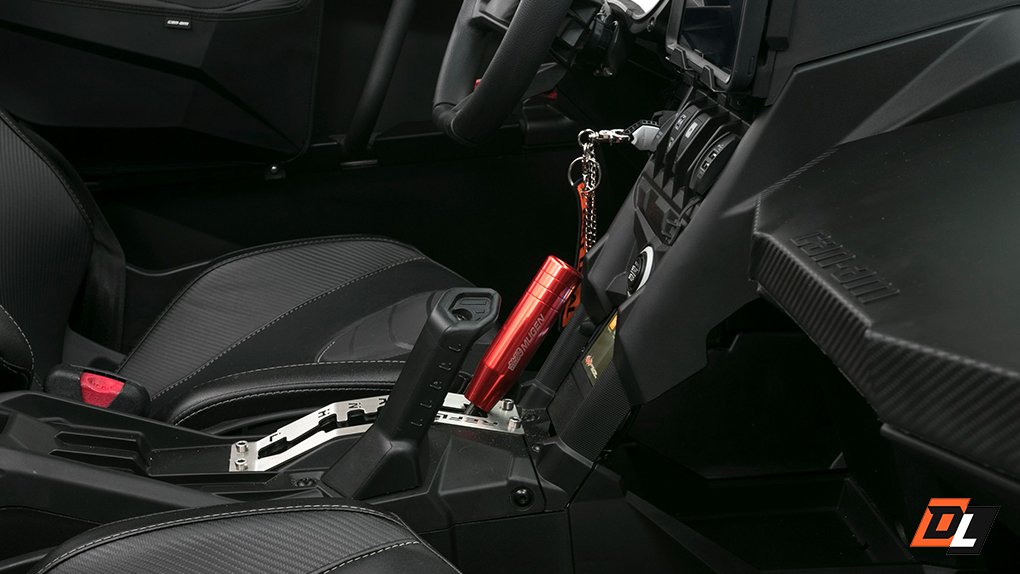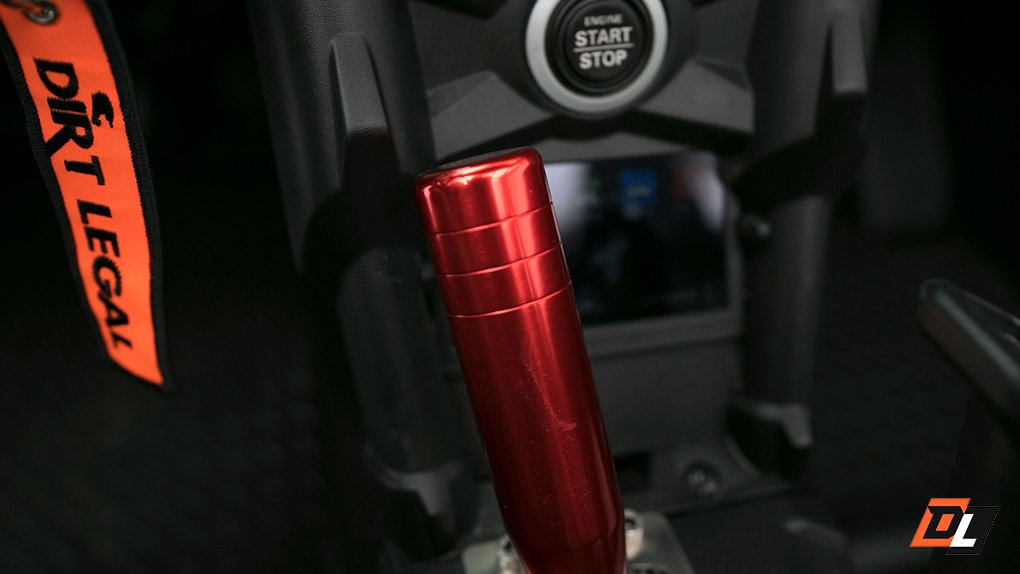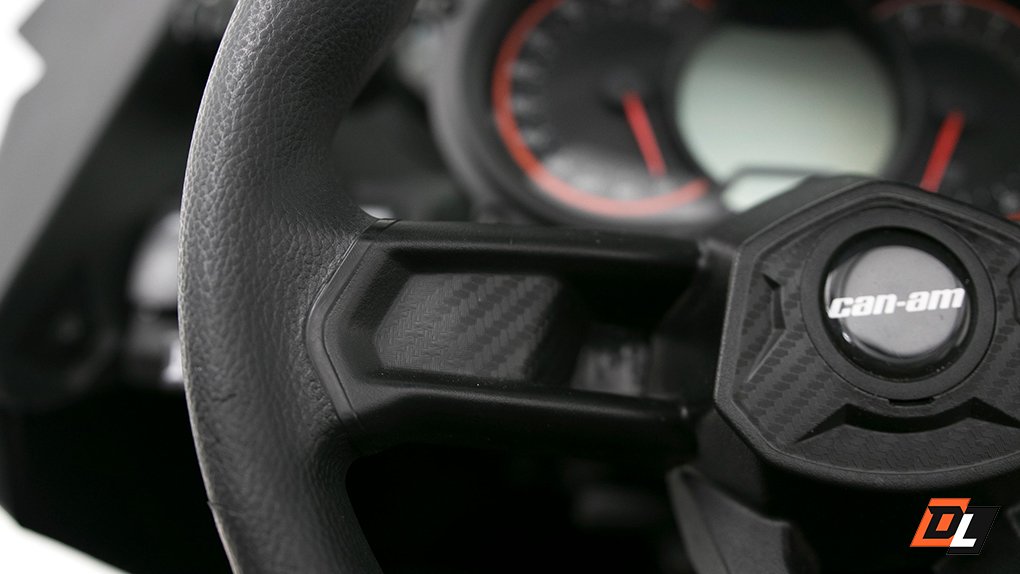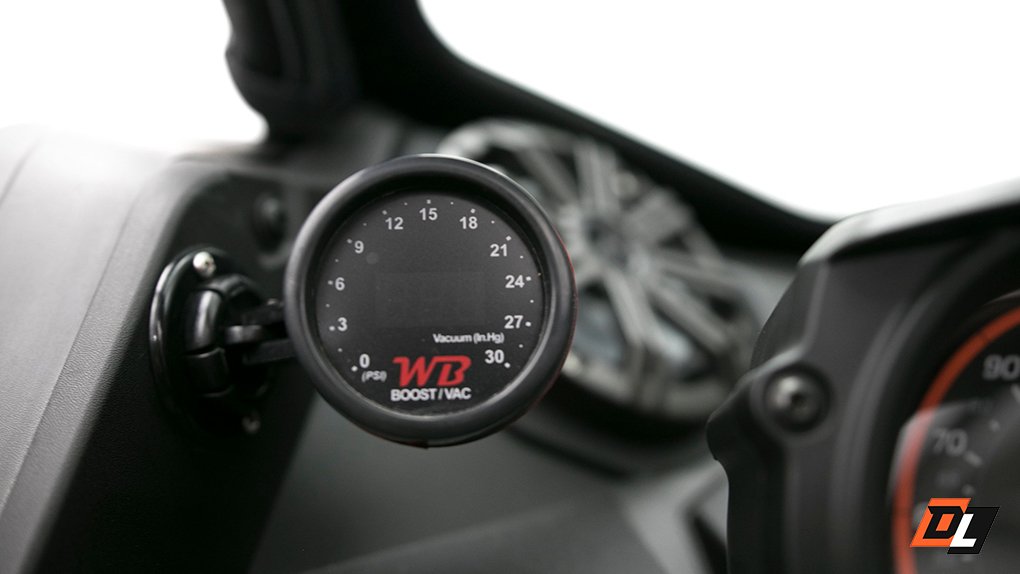These Are the Parts You Need to Make a UTV Street Legal
Your UTV needs a certain set of street legal parts based on how and where it is registered for road use.
Hey! This post is part of our Nationwide Street Legal UTV Guide that shows you how to make a UTV street legal from start to finish.
• • •
By now you've probably looked at your UTV and thought, “It can't be that far from being street legal.” And you’re probably right – modern UTVs are pretty close to being street legal right out of the box.
The specific parts required to make your UTV street legal are determined by state where it is registered. So long as your UTV has the parts required by the state where your UTV is registered, you can legally drive it in other places. But because street legal UTVs are still a relative obscurity, there are some good reasons to go above and beyond.
If you have yet to register your UTV at all, you have a unique opportunity. There are many ways to make your UTV street legal and some require more parts than others. That’s time, money, and effort you might not need to spend if you explore your options, like registering through either Montana or South Dakota, so be sure to check out Part 3: How to Make a UTV Street Legal and read your state’s section of the guide to see what your options are.
When it comes to what parts to add, a person can go as crazy as they want.
For now, let’s take a look at:
Parts and equipment needed to make a UTV street legal
Stuff you should leave off
What parts you need for OHV areas
How hard it is (or isn’t) to install those parts yourself
This red Mahindra Roxor UTV was converted to street legal using our Street Legal UTV Services and street legal parts from GritShift.
What are the minimum parts required to make a UTV street legal?
That depends how your rig is registered as street legal.
If you’re street legal through a local means like a county ordinance or town permit, your requirements will be unique. Contact your DMV or local law enforcement to learn more.
If you’re registered through your state, follow the parts requirements for your state. Guess what? We researched the parts requirements in all 50 states plus Washington, D.C. and 5 US territories so you don’t have to.
If you’re registered out of state, you’re going to need the parts for the state where your UTV is registered. The most common states for this are Montana and South Dakota.
Modern UTVs only need a few additional parts to become street legal. Most people only need to install blinkers, reflectors, and license plate lights, but older UTVs might require additional parts like seat belts, a windshield and wipers, and a handbrake.
It might be tempting to save time and money by adding the bare minimum parts needed to make your UTV street legal. Some states hardly require anything at all, which can be especially tempting but could cause problems in the long run. Montana doesn’t require a windshield, turn signals, or DOT tires for a UTV to be street legal, but it’s no secret you’re a lot more likely to get pulled over without them.
A side-by-side looks strange enough sitting in traffic between a Camry and a minivan, and even though it might technically be legal to drive around without certain parts, it’s all but guaranteed to attract the attention of local law enforcement. Not only that, you and your passengers will be safer thanks to just a few extra parts that aren't all that expensive or difficult to install.
Street legal UTV conversion parts list
We mentioned earlier that researching this guide involved analyzing the street legal UTV parts laws in all 50 states plus Washington, D.C. and 5 US territories. Based on that information combined with our own experiences, we created a parts list that meets or exceeds the parts required in most states. Your state might legally let you drive around without some of these parts, but we’ve done this enough to know that you’re asking for trouble if you do.
A street legal UTV should be equipped with:
2 white headlights with high and low beams
2 red taillights with brighter or separate brake lights
2 yellow front reflectors
2 red rear reflectors
2 white license plate lights
Firmly mounted license plate bracket
Front and rear turn signals
DOT tires
Seat belts
Handbrake
Driver’s side mirror
Interior mirror or passenger’s side mirror
Windshield and wipers
Muffler
Reasonably quiet exhaust with no cutouts or bypasses
Rollover protection if not already present
Having these parts will not only help keep you and your passengers safe on public roads, it will also help make your UTV look more like a street legal vehicle to anyone who happens to see you, which in turn helps you avoid having long conversations on the side of the road.
Some parts might have unintended effects
Here are some things you may not have considered in your street legal UTV conversion.
Changing your UTV’s tire size can dramatically reduce its top speed, but it’s often necessary when switching to DOT tires. If your new tires are larger or heavier than the ones you’re replacing, the engine could be forced to work harder and generate additional heat to attain the same speeds as before. Not only that, your speedometer might not read right anymore. These factors could seriously limit what roads a smaller side-by-side can go on. We have heard of big wheels and tires limiting a rig’s top speed to 40 or 50 MPH – too slow to go on most highways.
On a related note, most UTVs aren’t designed to be constantly topped out. In off-road situations they might hit top speed for a few moments here and there, but most models aren’t really built to be topped out for extended periods of time. If your rig’s highest possible speed is 60 MPH and you try to run at that speed for a couple hours, like taking the highway to the next town over and going fully flat-out the whole time, that could cause seriously accelerated wear and tear. Try to choose roads that will keep you from running wide open for too long at a time and consider upgrading your UTV’s cooling system if you notice higher temperatures than before.
You might also consider upgrading your charging system if you’re going to spend a lot of time in stop-and-go traffic.
Stuff you should leave off
Some parts might technically be legal depending on where you drive, but they are almost guaranteed to get you pulled over. Each of the following parts is illegal in several states. What’s more, we’ve found laws related to these parts are especially likely to change at the local level, causing them to fall into a gray area of selective enforcement.
Don’t install these parts on a street legal UTV:
Aggressive non-DOT tires, like paddles
Muffler dumps and bypass valves
Excessively loud exhaust systems
You can have these parts installed, just don’t use them on the road:
Whip lights
Animated underglow
Light bars, spotlights, and pods
Yellow, blue, and red accessory lights
Rear-facing white accessory lights
Air horns and train horns
Be sure to read your state’s section of the guide to find out about special situations, like Georgia’s blanket ban on putting lude stickers on vehicles. Yeah, you read that right.
What’s the big deal with these parts?
Lights. Red, yellow, and blue accessory lights and flashing and strobing effects are usually reserved for emergency vehicles and maintenance crews. To err on the side of caution, these colors and patterns should not be used on public roads. We also suggest having all auxiliary lights wired separately from the headlights and taillights.
Horns. Inflicting jump scares on people might get you views, but as cheesy as it sounds, the law won’t be laughing. Leave your train horns and air horns installed if you want to, just don’t lay on ‘em when a Camry is sleeping at a green light.
Exhaust. Most areas consider anything over 80-90 decibels to be too loud, so if you suspect your street legal UTV is pushing the limits, you might want to dial your system back a bit. Just try to keep it as quiet as possible on public roads. Oh, and cutouts and bypasses are almost always illegal no matter where you drive.
Tires. This is a big one. If you don’t have DOT tires the local police will not be happy, especially in towns and cities. Sure, you might not be legally required to have DOT tires depending on your situation, but even people in the custom car world run into trouble from having non-DOT tires on their cars – and it’s safe to say they don’t attract as much attention as a street legal UTV does. Running paddles on the road is an especially good way to get Johnny Law to take notice, so don’t do it.
Hey! Be sure to check if your current tires are DOT rated before you buy new ones!
Snorkels. We haven’t personally had any issues running a snorkel on our street legal Roxor UTV, but some OHV areas don’t want you to have one. If you have a favorite OHV area or trail, you might call them before you permanently install a snorkel just to be sure it’s okay.
How does selective enforcement work?
The shared factor between things like lights, horns, and loud exhaust is that they can all be selectively enforced. For example, you can still get a noise violation even if your horn or exhaust is technically quiet enough for the state your UTV is registered in. The same goes for running excessive lights that cause a hazard for other drivers. We have even heard of places selectively enforcing DOT tire requirements.
States, towns, counties, and other jurisdictions can deem these things illegal at will. That’s why we say it’s better to just leave them off, so you don’t inadvertently drive through a town where the local sheriff says your red and blue ground effects are a ticketable offense. With things like lights and horns, though, having them installed isn’t the problem – using them is.
Just keep in mind that if you’ve satisfied the legal requirements of the state your UTV is registered in, that’s a strong footing to justify your vehicle being equipped the way it is.
Hey! If you’re wondering about helmets, they’re covered in the next section of the guide.
You might need additional parts in OHV areas
Many off-roading areas require certain equipment for all UTVs regardless of street legality. Rather than looking at how your UTV is registered, OHV areas often take a more practical approach by calling a UTV a UTV whether it’s street legal or not.
That means if UTVs are required to have certain parts, like a Forest Service qualified spark arrestor and a reasonably quiet exhaust, you will still need them even if your UTV is street legal.
The most common parts required by OHV areas are:
Working headlights, taillights, and brake lights
Forest Service qualified or approved spark arrester
Strong brakes
Reasonably quiet exhaust
No excessive smoke or leaks
Trails, private OHV areas, and public spaces like National Forests and BLM land generally have unique parts requirements that might not be shared with other nearby areas, so be sure to research this before you travel so you can ensure your machine is correctly prepared.
A good reference for what to expect is this Forest Service pamphlet about OHV use in the Pacific Northwest. In addition to requiring a spark arrester and good working brakes, it mentions that vehicles can’t have “excessive or unusual smoke” or be driven in ways that would damage land, wildlife, or vegetation. The latter could include what equipment you have and how you use it – if you’re being too aggressive on the throttle, running paddle tires where you shouldn’t be, or honking an air horn in the middle of the forest, those things could get you fined or kicked out of the area.
Can I install the parts myself?
If you know the difference between a Phillips and a flathead, you have the skills to make a UTV street legal in your garage or driveway. A good household tool set with screwdrivers, sockets, wrenches, and pliers should have everything you need to make it happen.
In our experience the most challenging part is wiring the turn signals and switchgear – everything else basically bolts right on. With that said, even if you have never done wiring before this should be well within your capabilities. Here’s an example: these are the installation instructions from the XTC Turn Signal Kit for the Mahindra Roxor UTV. You get pictures and words for every step of the process. If all else fails, there’s probably a local enthusiast near you who would help you out for a couple cold ones, or your local powersports shop should be more than happy to install some street legal parts on your UTV.
Once those parts are on and your rig is registered and insured, you’re good to go.
What else can I add?
When it comes to what parts to add, a person can go as crazy as they want. Five-point harnesses, upgraded charging system, pod reverse lights… the list only has to end when your funds do. We did an extended deep dive into this topic to cover more serious modifications. If that’s your thing, check it out here.
• • •
By this point in our Nationwide Street Legal UTV Guide, we’ve covered the hardest parts of making a UTV street legal. Get it? Parts? Because parts?
Now that we've covered what street legal parts your UTV needs and how to install them, let’s focus on the laws you need to know about, then we’ll cover how to get insurance and what it looks like, and then you’ll be on the road.
Let’s double team it.
Our team can register your UTV as street legal on your behalf while you’re out there getting dirty. From installing the parts of course.



